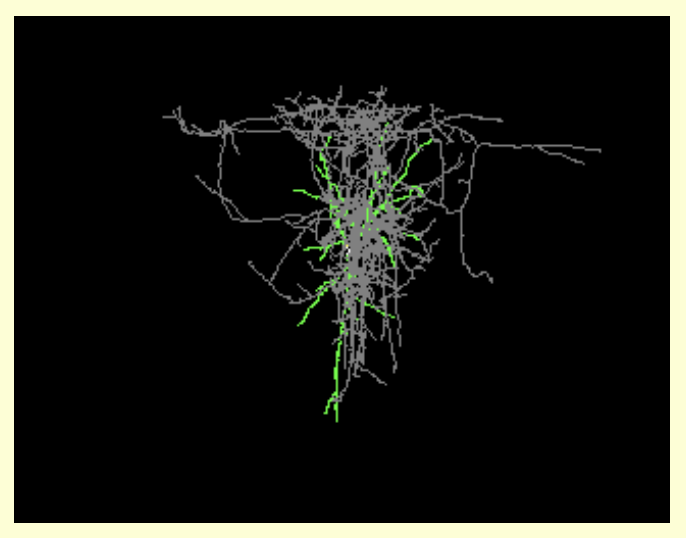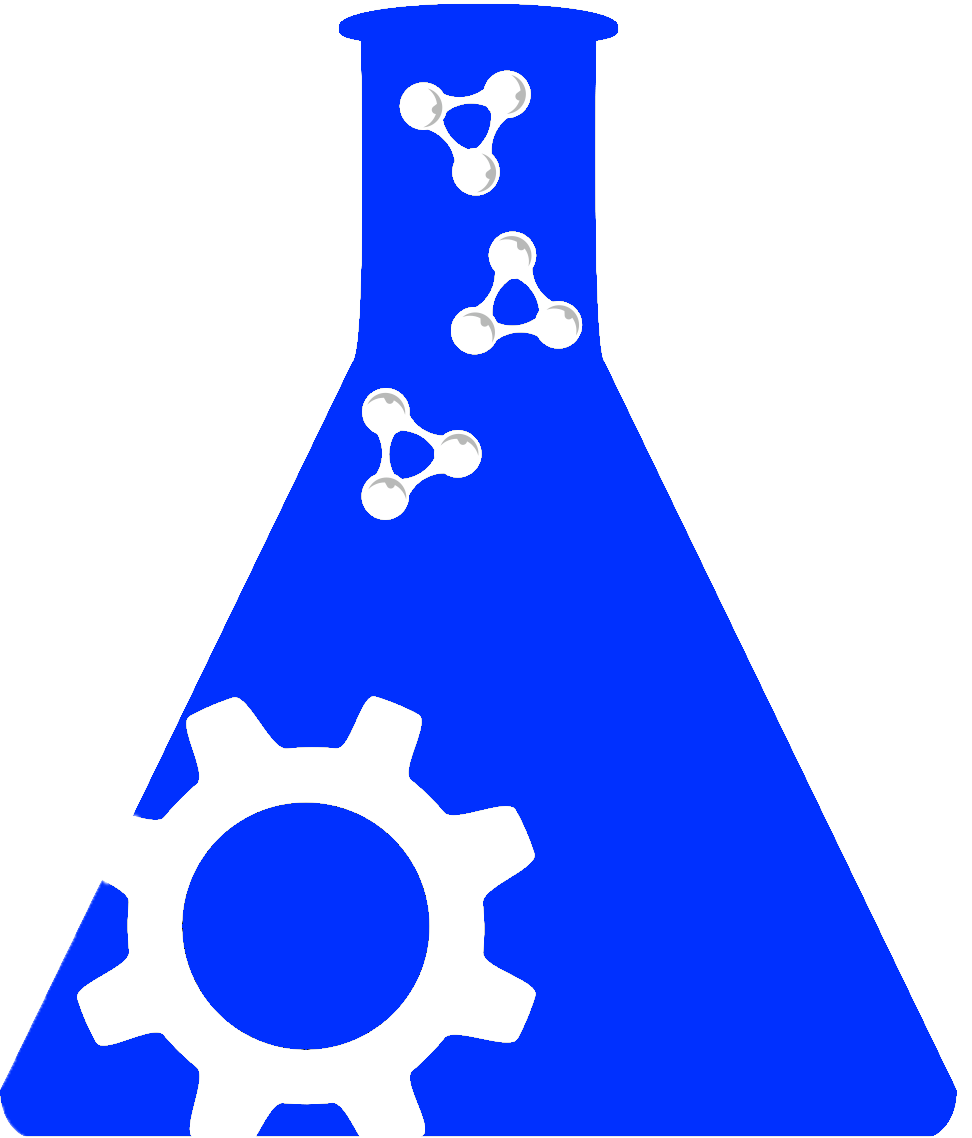URL: http://krasnow1.gmu.edu/cn3/index3.html
Proper Citation: Computational Neuroanatomy Group (RRID:SCR_007150)
Description: Multidisciplinary research team devoted to the study of basic neuroscience with a specific interest in the description and generation of dendritic morphology, and in its effect on neuronal electrophysiology. In the long term, they seek to create large-scale, anatomically plausible neural networks to model entire portions of a mammalian brain (such as a hippocampal slice, or a cortical column). Achievements by the CNG include the development of software for the quantitative analysis of dendritic morphology, the implementation of computational models to simulate neuronal structure, and the synthesis of anatomically accurate, large scale neuronal assemblies in virtual reality. Based on biologically plausible rules and biophysical determinants, they have designed stochastic models that can generate realistic virtual neurons. Quantitative morphological analysis indicates that virtual neurons are statistically compatible with the real data that the model parameters are measured from. Virtual neurons can be generated within an appropriate anatomical context if a system level description of the surrounding tissue is included in the model. In order to simulate anatomically realistic neural networks, axons must be grown as well as dendrites. They have developed a navigation strategy for virtual axons in a voxel substrate.
Abbreviations: CNG
Synonyms: Computational Neuroanatomy Group at the Krasnow Institute for Advanced Study
Resource Type: portal, software resource, topical portal, data or information resource
Keywords: dendritic morphology, neuronal morphology, neuronal electrophysiology, mammalian brain, neural network, cell, model, morphology, network connectivity, basal ganglia, modeling software, hippocampus, hermissenda learning, caulescence, tree structure, neuron, virtual neural network, morphological class of neuron, virtual neuron, virtual brain, ca3 pyramidal cell, arborvitae, ca1 pyramidal cell, polymorphic cell, dg granule cell, axonal navigation, synaptic connectivity, neuroplasticity, neuroanatomy, neuroinformatics, computation, network model, neural circuit, cellular event, expression, ca3, ca1 pyramidal neuron, digital morphological reconstruction, digital reconstruction, dendrite, axon, neuronal tree, signaling pathway
Expand Allhas parent organization |
George Mason University: Krasnow Institute for Advanced Study |
is parent organization of |
|
is parent organization of |
We found {{ ctrl2.mentions.total_count }} mentions in open access literature.
We have not found any literature mentions for this resource.
We are searching literature mentions for this resource.
Most recent articles:
{{ mention._source.dc.creators[0].familyName }} {{ mention._source.dc.creators[0].initials }}, et al. ({{ mention._source.dc.publicationYear }}) {{ mention._source.dc.title }} {{ mention._source.dc.publishers[0].name }}, {{ mention._source.dc.publishers[0].volume }}({{ mention._source.dc.publishers[0].issue }}), {{ mention._source.dc.publishers[0].pagination }}. (PMID:{{ mention._id.replace('PMID:', '') }})
A list of researchers who have used the resource and an author search tool
Find mentions based on location

{{ ctrl2.mentions.errors.location }}
A list of researchers who have used the resource and an author search tool. This is available for resources that have literature mentions.
No rating or validation information has been found for Computational Neuroanatomy Group.
No alerts have been found for Computational Neuroanatomy Group.
Source: SciCrunch Registry





